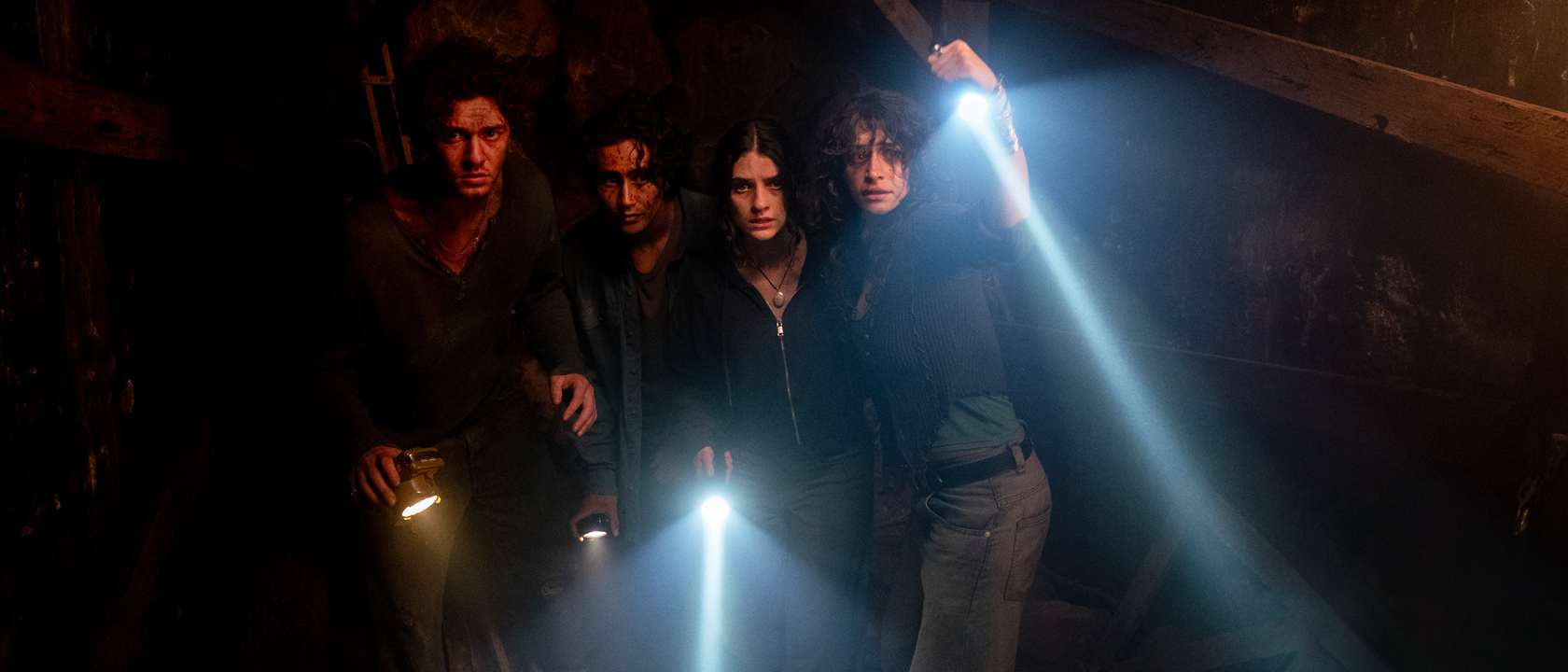The Skin I Live In, the new film from writer/director Pedro Almodóvar, is a stunning, mind-bending thriller that takes the concept of revenge and makes you question how far is too far. Beautifully shot and shocking without ever being alienating, the movie effectively entices the audience from the first scene before grabbing them by the throat and taking them on a tour of pure madness.
For years Dr. Robert Ledgard (Antonio Banderas) has been keeping a female patient named Vera (Elena Anaya) locked in his estate. Regularly doping her up with opium and using surveillance cameras to watch every move his prisoner makes, the doctor, along with his head servant, Marilia (Marisa Paredes), control every aspect of Vera’s life, as she is a test subject for a controversial experiment. Dr. Ledgard, a world class plastic surgeon, has been using transgenesis – the use of foreign genes in a living subject – to create the perfect synthetic skin that cannot be damaged. But who exactly is Vera and how did she end up in Dr. Ledgard’s hands? The truth is more horrifying than you can imagine.
A maze of complex twists and turns, The Skin I Live In is a hard film to analyze without giving away too many details, but one of the most impressive things about it is the way in which it handles its surprises. Rather than dealing in big “a ha!” moments or dramatic swells, the revelations come naturally from the storytelling and non-linear narrative. Everything is handled so casually that the audience must reciprocate with an even more heightened reaction to the more outrageous content when presented in a mundane way. Almodóvar doesn’t simply have the Scooby Doo gang tear a rubber mask off the ghost that has been haunting the amusement park, but instead takes a step back and looks at every terrible moment that the man in the rubber mask endured leading him to go completely insane.
The film's style and cinematography, brightly lit and clean to the point of sterility, also beautifully contrasts the story's dark and disturbing elements. The beauty of the compound in which the main characters live belies the dreadful secrets that each of them carry. Even the scenes involving brutal violence and surgery are largely bloodless, but as a result, scenes that splattered with the red goo have a greater impact. In many ways the setting and atmosphere represent the skin that Dr. Ledgard is creating: flawless and impenetrable, but also hiding the ugliness of what lies below the surface level.
The movie is the first that Banderas has done with the director since 1990's Tie Me Up! Tie Me Down! and, fortunately, the wait was worth it. Banderas’s Ledgard isn’t an over-the-top mad scientist, but instead a cool and calculating one. The gears in the character’s mind seem to always be spinning and while passionate about both his work and his loved ones, he remains stoic and stern. It’s not a flashy role, but most definitely a complex one and Banderas plays it perfectly.
Whenever you hear about a serial killer on the news, you always hear the neighbors talk about how unassuming and seemingly normal the criminal appeared. This is an apt description for Pedro Almodóvar’s The Skin I Live In as well. The director conceals the film’s content with beautiful settings and excellent narrative flow, but when its true nature is finally revealed you are horrified by the monster inside.

Eric Eisenberg is the Assistant Managing Editor at CinemaBlend. After graduating Boston University and earning a bachelor’s degree in journalism, he took a part-time job as a staff writer for CinemaBlend, and after six months was offered the opportunity to move to Los Angeles and take on a newly created West Coast Editor position. Over a decade later, he's continuing to advance his interests and expertise. In addition to conducting filmmaker interviews and contributing to the news and feature content of the site, Eric also oversees the Movie Reviews section, writes the the weekend box office report (published Sundays), and is the site's resident Stephen King expert. He has two King-related columns.











